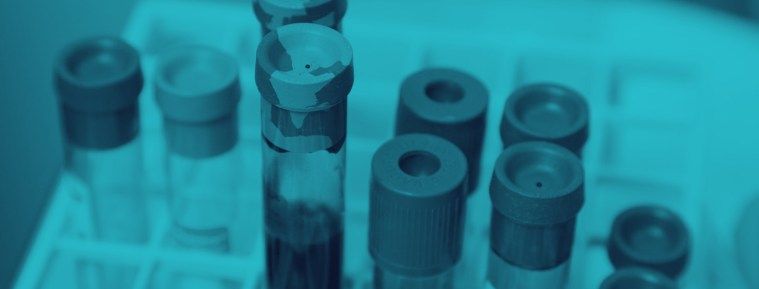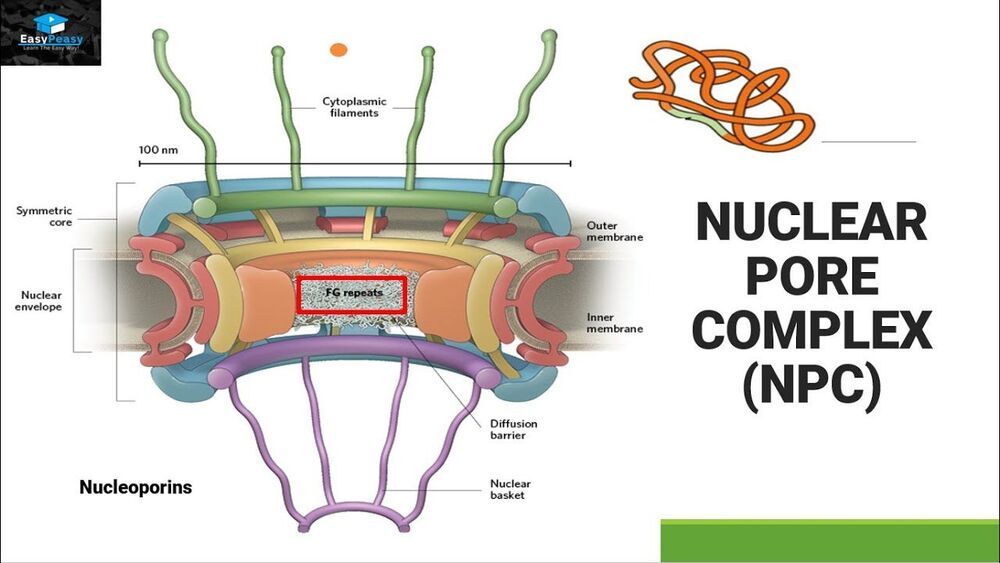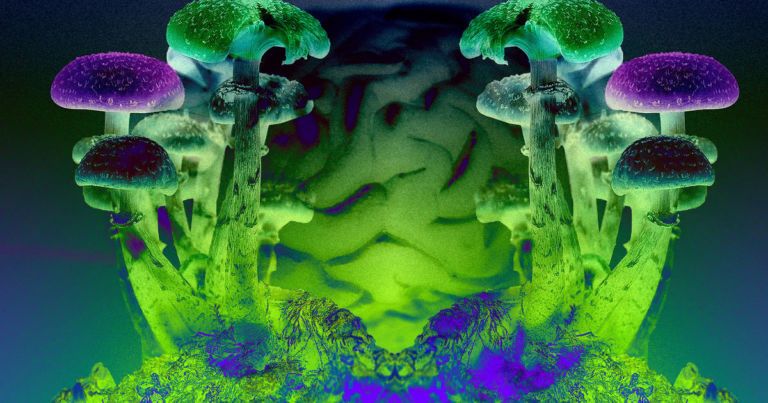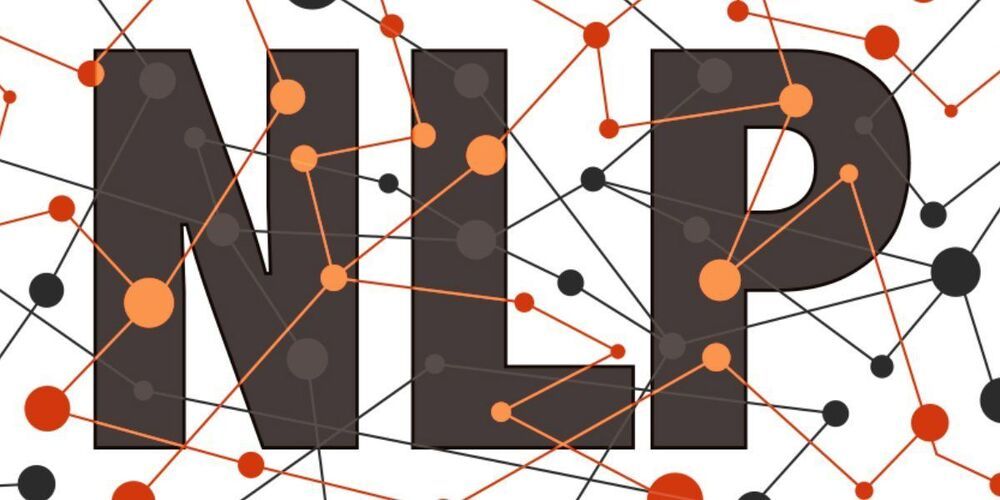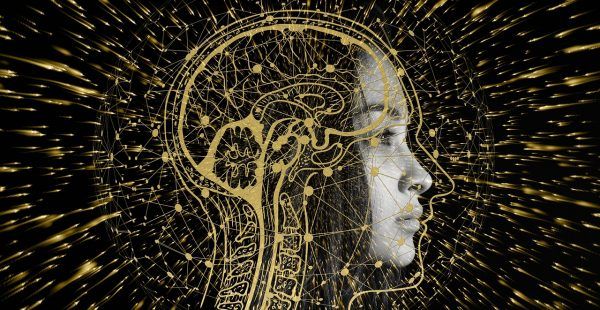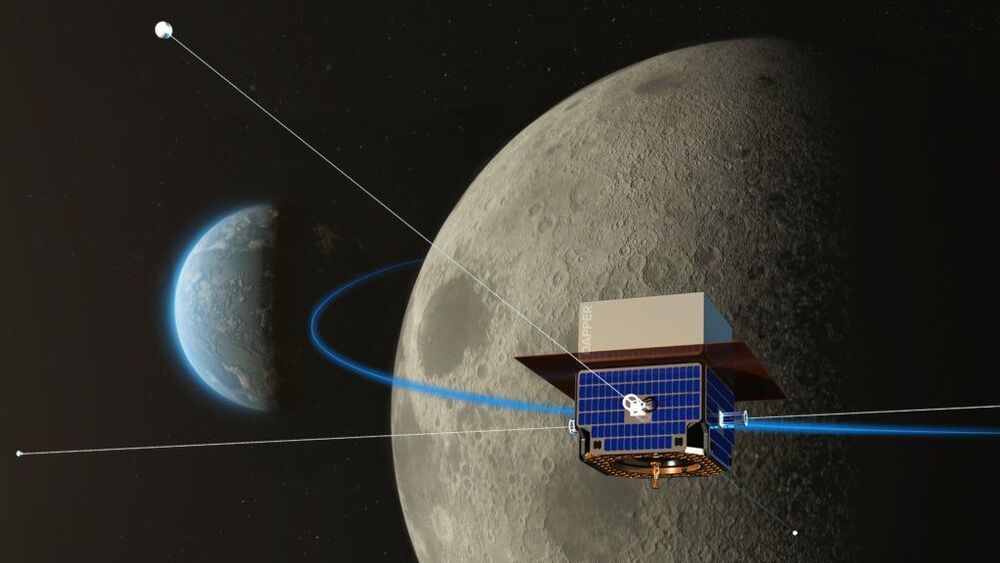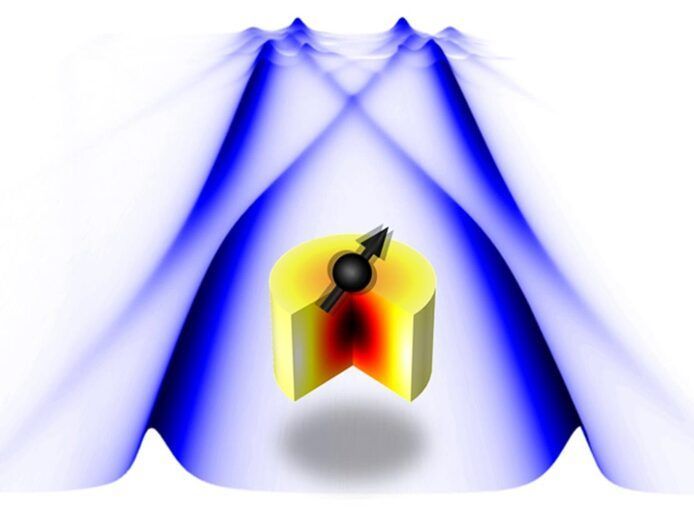Jan 18, 2021
20 Best Aging Biomarkers to Track for Longevity
Posted by J.P. Medved in categories: biological, life extension
I’m curious what biomarkers people here currently track? I did some research and came up with these 20 but any you would add/take away? (9 of them were mostly included to be able to use Morgan Levine’s biological age calculator).
This is the first article in a two-part series on the best aging biomarkers to track for longevity. The second article will compare different tests and testing companies on the market and supply a sample testing schedule you can use.
Continue reading “20 Best Aging Biomarkers to Track for Longevity” »
